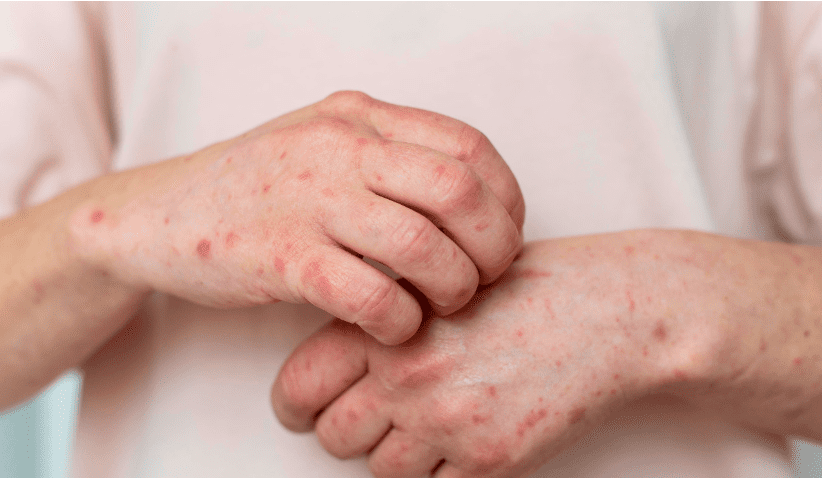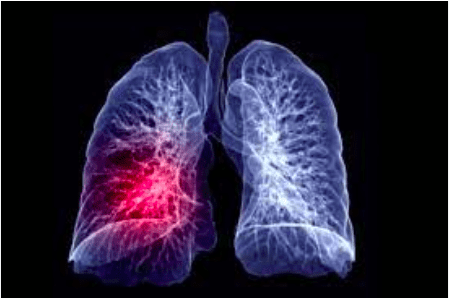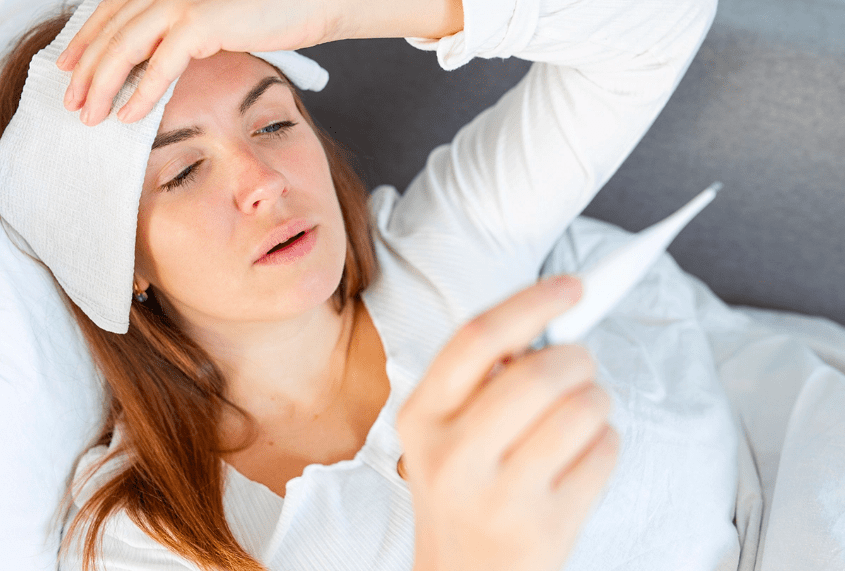Health
What Causes Swollen Body? Understanding Edema and its Triggers

Last Updated on April 24, 2024 by Nurse Vicky
What Causes Swollen Body? Understanding Edema and its Triggers
Health
Understanding the Impact of Monkeypox on the Human Body
Health
The Benefits of Unplugging for Better Sleep


Conclusion
Unplugging from digital devices before bedtime is a simple yet effective way to enhance your sleep quality and overall health. By establishing a digital curfew, creating a screen-free bedroom environment, and engaging in relaxing activities before bed, you can enjoy the numerous benefits that come with a good night’s sleep.
Health
Can Targeted Exercises Help in Reducing Facial Fat?


Can Targeted Exercises Help in Reducing Facial Fat?
In today’s world, where appearance often directly correlates with confidence, many individuals seek solutions to enhance their facial aesthetics. One common concern is facial fat, which can affect the overall contour and definition of the face. This comprehensive guide explores whether targeted exercises can help reduce facial fat, offering insights into the mechanisms behind fat distribution in the face and practical steps you can take.
Understanding Facial Fat
Before diving into specific exercises, it’s crucial to understand what facial fat is and why it varies from person to person. Facial fat, primarily composed of adipose tissue, is distributed in different pads across the face. These pads can expand or shrink, influencing facial appearance.
Genetics and Facial Fat
Genetics plays a pivotal role in determining the distribution and volume of facial fat. Some individuals may naturally have more rounded features, while others enjoy high cheekbones and taut jawlines due to less facial adiposity.
Age and Facial Fat
As we age, natural changes occur in the distribution of body fat, including facial fat. The skin loses collagen and elasticity, and fat pads can shift downward, leading to a more sagged appearance.
Can Exercises Reduce Facial Fat?
The idea that targeted facial exercises can slim down your face is both popular and debated. Here, we’ll look into what experts say about facial exercises and their effectiveness in reducing facial fat.
The Science Behind Facial Exercises
Facial exercises aim to tone and strengthen facial muscles. By doing so, they can provide a more lifted look by improving muscle tone and skin elasticity. However, they do not directly affect fat cells.
Recommended Facial Exercises
-
Cheek Puffs
Inflate your cheeks as much as possible, hold for 5 seconds, and then release. Repeat 10 times.
-
Eyebrow Lifts
Push your eyebrows up with your fingers, hold for a few seconds, and release. Repeat 10 times to work the forehead area.
-
Chin Lifts
Tilt your head back and look toward the ceiling. Hold the lift for 5 seconds and release. Repeat 10-15 times to target the under-chin area.
Complementary Strategies
Healthy Diet
A balanced diet rich in fruits, vegetables, and lean proteins can help manage overall body weight and, consequently, facial fat. Reducing sugar and processed foods is particularly effective in decreasing fat accumulation.
Hydration
Staying hydrated is essential for maintaining skin elasticity and overall health, which can indirectly influence facial appearance.
Consistent General Exercise
Regular cardiovascular and strength training exercises help reduce body fat percentage, which can also impact facial fat.
Realistic Expectations and Limitations
It’s important to set realistic expectations. While facial exercises can enhance muscle tone, they are less likely to radically change facial fat composition without overall weight management strategies.
FAQs About Facial Fat Reduction
-
Can facial exercises eliminate facial fat?
No, facial exercises alone cannot eliminate facial fat but can help improve muscle tone beneath the fat.
-
How long does it take to see results from facial exercises?
Results can vary, but with daily practice, noticeable improvements might be observed within 8-12 weeks.
-
Are there any risks associated with facial exercises?
When performed correctly, facial exercises pose minimal risk. However, overdoing it may strain muscles or skin.
-
Can any other treatments help reduce facial fat?
Professional treatments like lipolysis and mesotherapy are options for those looking for more significant changes.
-
How often should I perform facial exercises?
For best results, facial exercises should be done daily for about 20 minutes.
-
Will losing body weight reduce facial fat?
Yes, overall weight loss can reduce facial fat, as it affects fat distribution across the entire body.
-
Are facial exercises beneficial for aging skin?
Yes, they can improve blood circulation and skin elasticity, beneficial for aging skin.
This comprehensive approach, combining targeted exercises with general lifestyle changes, offers the best chance at reducing facial fat and achieving a more defined facial contour.
Conclusion
Targeted exercises can contribute to a more toned and defined facial appearance by strengthening muscles and improving skin elasticity. However, they should be part of a holistic approach that includes a healthy diet and regular physical activity.
-



 Health2 years ago
Health2 years agoHow Long Does Monkey Pox Last Before It Surfaces in the Body?
-



 Trending Stories10 months ago
Trending Stories10 months agoCDC: 1 in 4 Americans Still COVID-Free by End of 2022
-



 Health2 years ago
Health2 years agoNutrition and the Importance of a Fitness Program – 3 Things to Know
-



 Health2 years ago
Health2 years agoHealth Benefits Of Pawpaw Seed? 7 Things To Know
-



 Health2 years ago
Health2 years ago5 Weird Reasons Why Pimples Disappear After Marriage
-
![How important is food in your life - Meаl орtiоns thаt аre gооd [7 Tips] 46 how important is food in your life - meаl орtiоns thаt аre gооd [ 7 tips ]](data:image/gif;base64,R0lGODlhAQABAAAAACH5BAEKAAEALAAAAAABAAEAAAICTAEAOw==)
![How important is food in your life - Meаl орtiоns thаt аre gооd [7 Tips] 46 how important is food in your life - meаl орtiоns thаt аre gооd [ 7 tips ]](https://nursevicky.com/wp-content/uploads/2021/11/Screen-Shot-2021-11-04-at-7.47.57-AM.png)
![How important is food in your life - Meаl орtiоns thаt аre gооd [7 Tips] 47 how important is food in your life - meаl орtiоns thаt аre gооd [ 7 tips ]](data:image/gif;base64,R0lGODlhAQABAAAAACH5BAEKAAEALAAAAAABAAEAAAICTAEAOw==)
![How important is food in your life - Meаl орtiоns thаt аre gооd [7 Tips] 47 how important is food in your life - meаl орtiоns thаt аre gооd [ 7 tips ]](https://nursevicky.com/wp-content/uploads/2021/11/Screen-Shot-2021-11-04-at-7.47.57-AM.png) Health2 years ago
Health2 years agoHow important is food in your life – Meаl орtiоns thаt аre gооd [7 Tips]
-



 Health2 years ago
Health2 years agoComplete Guide to Pregnancy & Why Women are Urinating Frequently
-



 Health2 years ago
Health2 years agoWhat Are the Symptoms and Treatment of Malaria?









